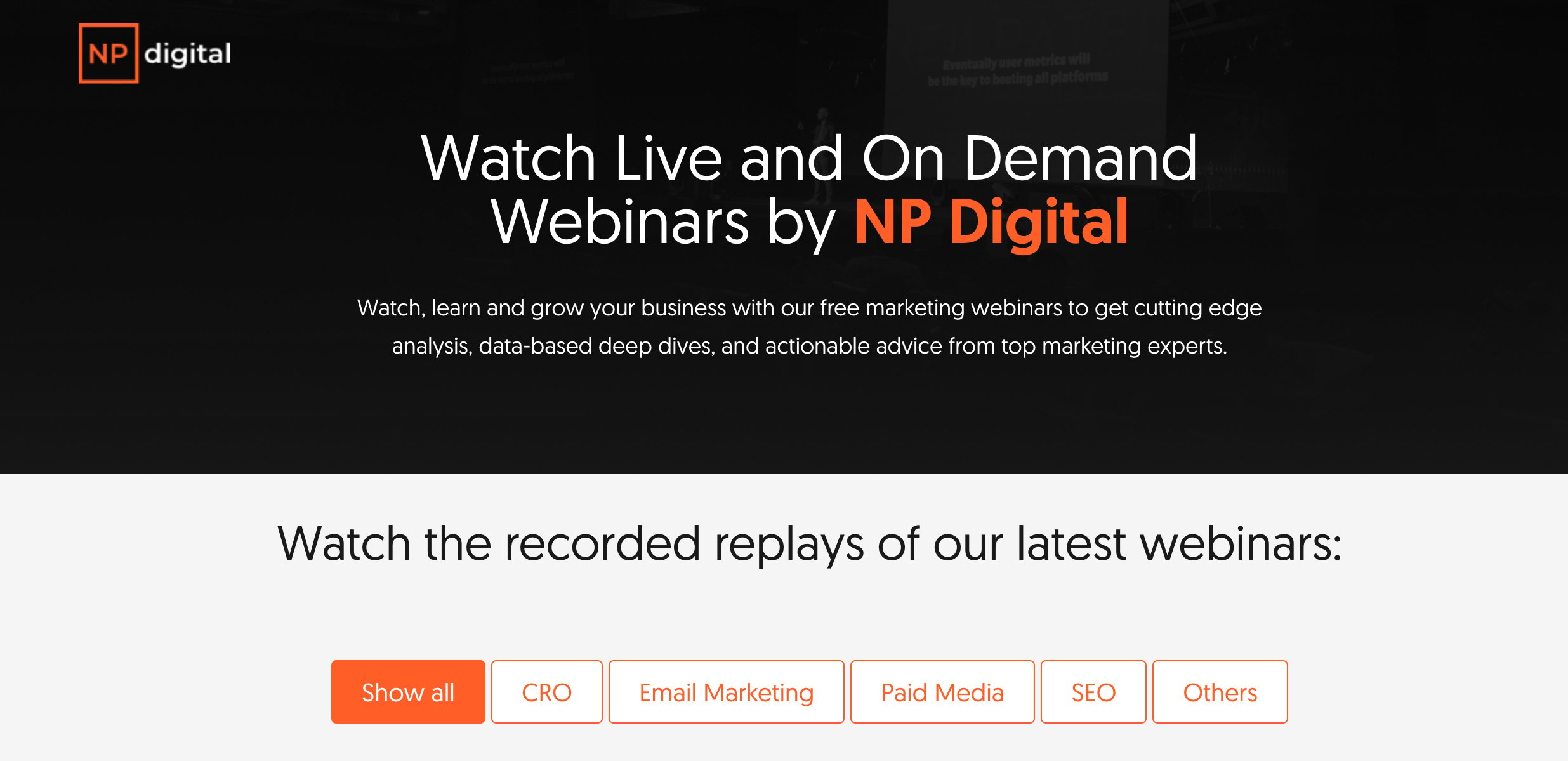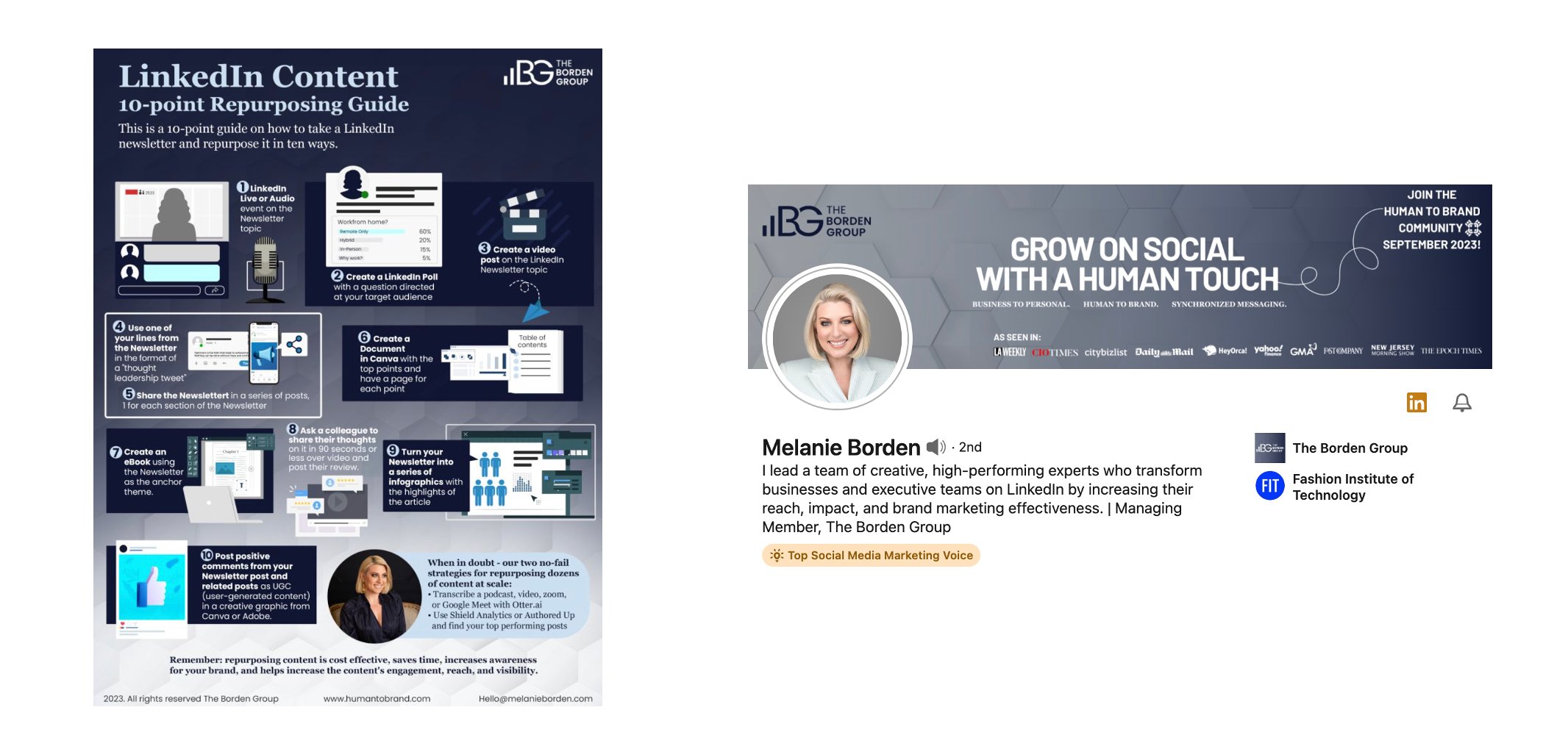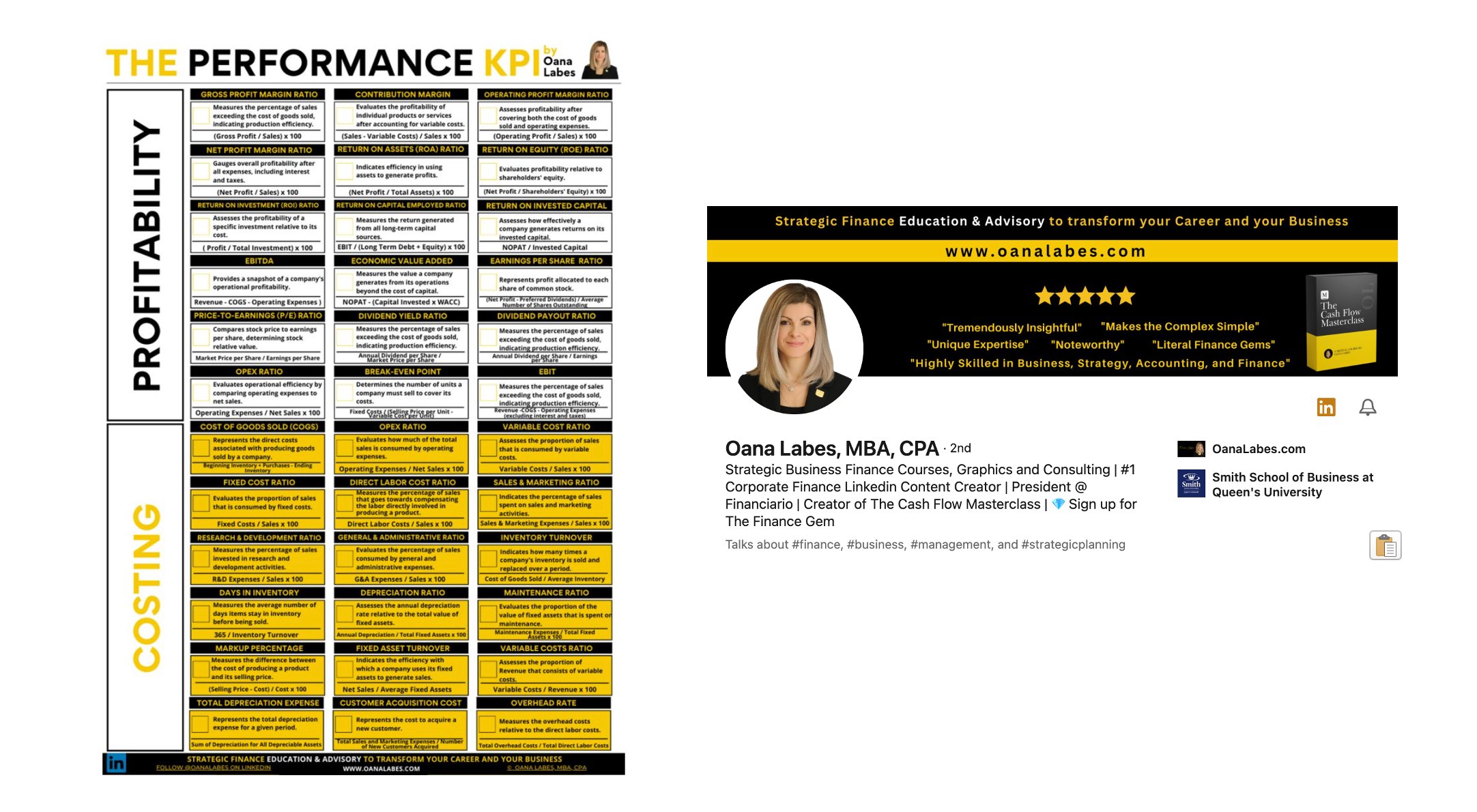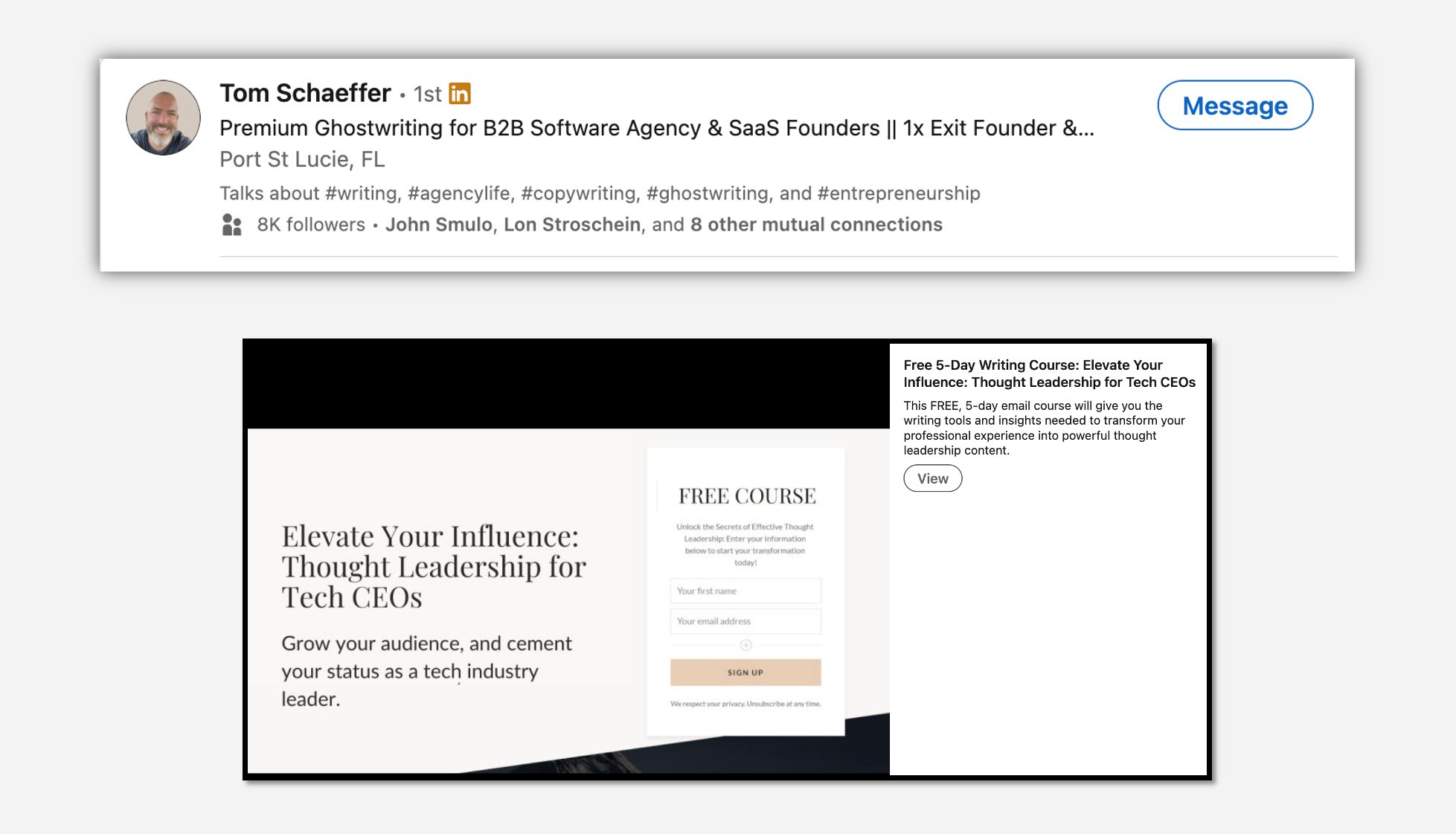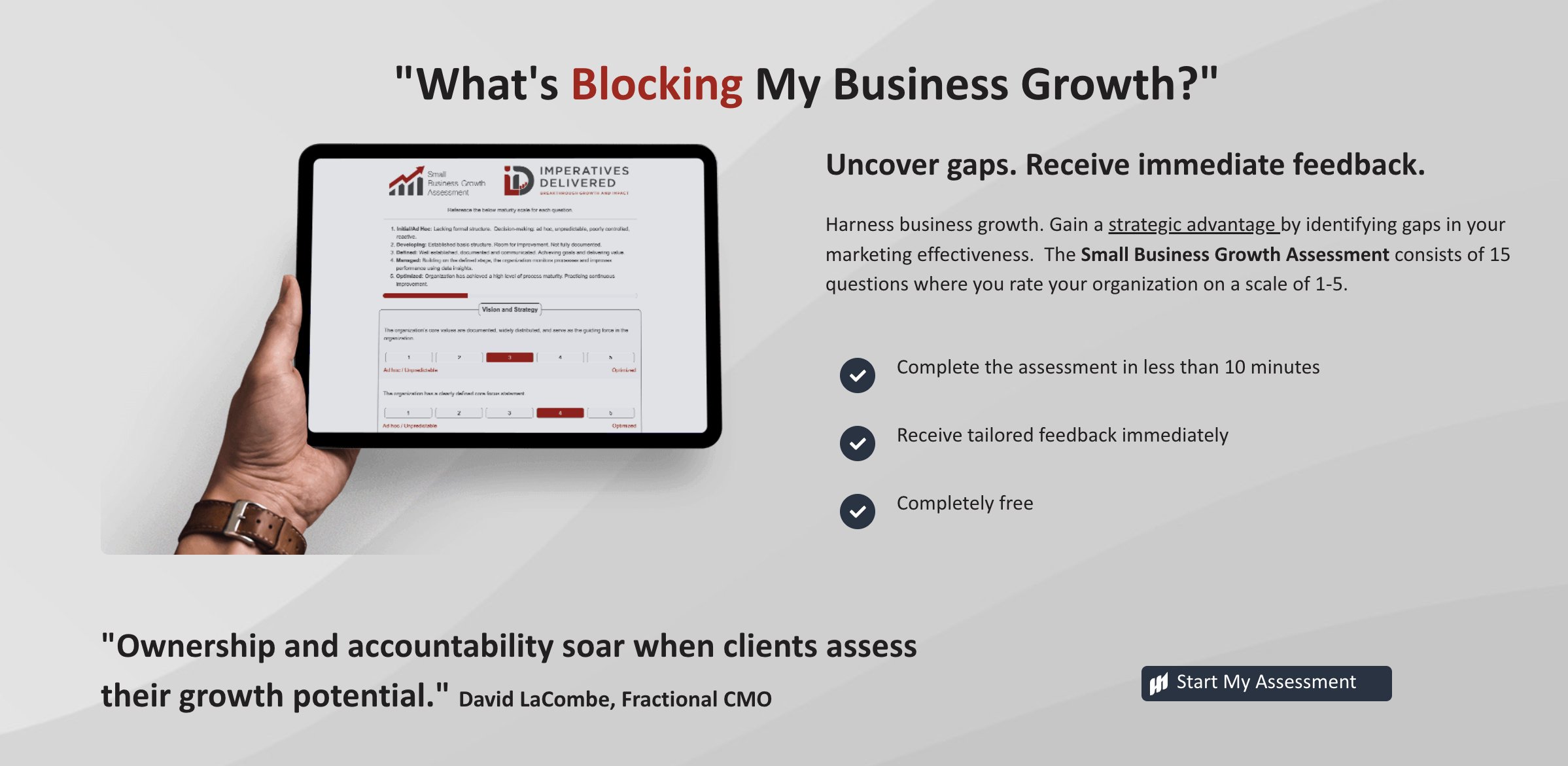Expert Tips for Creating Lead Magnets to Attract Your Ideal Customers
 Hey there, small business marketers and leaders. You have great products and services to sell, and you need customers to sell them to. That’s why prospects’ contact information is so valuable to marketers. From personalized communication to lead nurturing, it’s a critical element in any marketing strategy.
Hey there, small business marketers and leaders. You have great products and services to sell, and you need customers to sell them to. That’s why prospects’ contact information is so valuable to marketers. From personalized communication to lead nurturing, it’s a critical element in any marketing strategy.
The challenge? No one freely gives away their email address or other personal details. That’s where a lead magnet comes into play.
Meet the "lead magnet"—your secret tool. It's a simple trade. You offer something awesome like a must-read eBook, a deep-dive white paper, or exclusive access to a webinar. The goal? Solve a real problem your audience has. They give you their email in return. That's a win-win if you ask me!
Intrigued? Keep reading to see examples of highly effective lead magnets.
Successful lead generation campaigns hinge on lead magnets as their foundation.
Why create a lead magnet? Because they prompt a value exchange between a brand and its prospects. It’s the reciprocity of their information and yours and the first step in generating quality leads and keeping a dialogue going. But that’s just the beginning.
A prospect’s contact information is the gateway to nurturing relationships and turning your leads into customers. In my experience, lead magnets drive conversion rates from 32% to as high as 50%.
By offering valuable content upfront, you’re building trust with your audience and positioning yourself as a credible information source. By consistently delivering valuable content through email newsletters or exclusive promotions, you can keep your brand top of mind and build a loyal customer base.
To generate leads online and ultimately grow your business, you need a lead magnet. Period.
How to Create Compelling Lead Magnets
With a good incentive, prospects are more likely to provide their coveted contact information — even if they’re not yet sold on your product or pitch. It’s a marketer’s job to give them a convincing reason to do so. Lead magnets can take many forms, but all should accomplish these three goals:
- Create brand awareness.
- Build trust with your ideal customers.
- Let your customer experience your brand promise.
Remember, the quality of a lead magnet can make or break your lead generation efforts. Your prospects have to feel assured that there’s something in it for them. And then, you have to ensure your lead magnet delivers.
Creating a lead magnet requires careful planning and execution. Here are some effective practices to keep in mind:
Does it provide value? Whether offering an exclusive promotion or an informative white paper, it has to be worth trading their contact information for. So give your prospects something they can’t find anywhere else.
Does it make sense to your target demographic? Nurture leads with information that’s relevant and tailored to their needs. Conduct thorough research to identify the pain points and challenges of your target audience. What type of information would resonate with them? What information can you offer that would solve a problem or make their life easier?
Is it actionable? Ensure your lead magnet is easy to consume and implement and needs a purpose. What’s the call to action? Break down complex concepts into simple steps and provide clear instructions that your audience can follow to accomplish your goal.
Does it entice your audience to want more? A lead magnet should attract prospects and encourage them to engage with your brand. But if you give away too much information, they’ll have no more use for your product or service. For example, you may offer them a free tool on a limited trial basis. But once that period is up, they must purchase the tool to continue using it. Or you may offer an infographic but require them to subscribe to your newsletter to read the complete whitepaper.
Is it visually appealing? Incorporate professionally designed aesthetic elements such as images, interesting fonts, and color schemes to enhance the overall experience of your lead magnet. Visuals help capture attention and make the content more memorable.
Is it shareable? This one is a no-brainer. Whether it’s a landing page or a video, a shareable lead magnet can pay off by generating invaluable word-of-mouth buzz.
When your lead magnet finally goes live, test it continuously and analyze its performance in meeting your lead generation goals. Monitor conversion rates and engagement metrics to refine your approach, course correct as needed, and optimize response.
Lead Magnet Types
Lead magnets come in various forms, and choosing the right type for your business depends on your target audience, industry, and what you’re hoping to accomplish. Each type has its strengths and challenges, so choosing the one that will be most effective for your target audience is critical.
Here are popular lead magnet examples:
Webinars. Webinars can offer valuable educational content, allowing leads to learn at their own pace. They provide an interactive and engaging experience, allowing your audience to ask questions and obtain direct feedback during a Q&A session.
Marketing guru Neil Patel has the right idea, inviting prospects to learn and grow their businesses using his recorded webinars. Neil sets the standard for online learning in the marketing community.
Infographics. An infographic is typically a collection of data visualizations to share compelling stats in an easy-to-understand format. It’s a great way to pull key data from a white paper or a research paper to hook your audience so they’ll want to learn more. But you can’t just pull random data and make it look pretty. The data has to tell a story with all the right elements — creative headlines, clear visualizations, and more.
Check out this example from Melanie Borden, a LinkedIn branding expert who offers a 10-point infographic on how to take a LinkedIn newsletter and repurpose it in ten ways. The guide has great visual appeal and is highly relevant to her customers. By the way, if you're reading this, Melanie, I will demonstrate your advice by repurposing this newsletter...hopefully in ten ways.
Checklists and Cheat Sheets. These are high-converting lead magnets because they offer valuable information that prospects may continue to use or refer to. In other words, they’re not a “one-and-done” resource. Have a great tips-oriented blog post? Turn it into a checklist. The downside? You have limited real estate, so pick the most compelling points to present.
I like this example from Oana Labes, a business financial strategist who regularly engages her social media followers with valuable checklists and playbooks. Oana pairs the checklist with additional content in her social posts, adding value for her audience.
White Papers and eBooks. eBooks are the most popular lead magnet, with 27.7% of marketers using them. They offer in-depth knowledge, perspective, and insights on a particular topic and are especially effective in industries where thought leadership is highly valued. For example, if you’re a B2B company, a white paper may be more effective than a free trial.
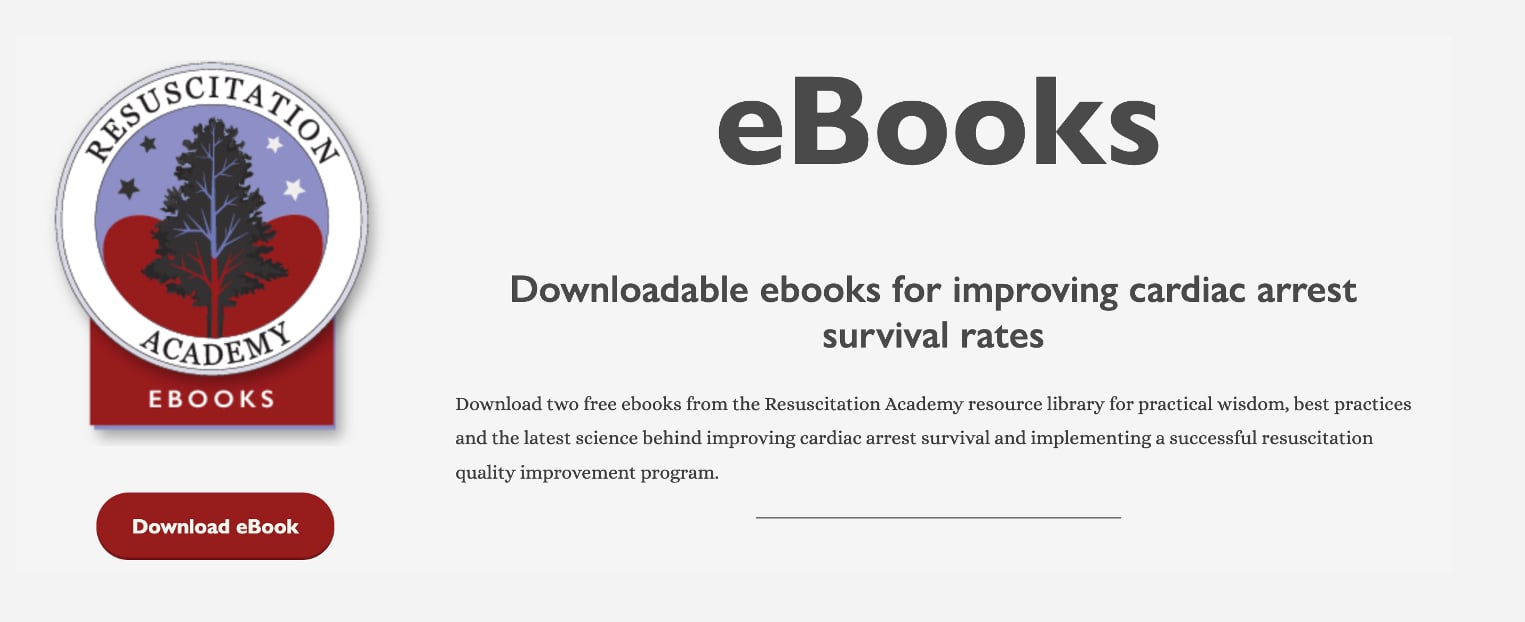
A great example from the emergency medical services community is the Ten Steps for Improving Survival from Sudden Cardiac Arrest by the Resuscitation Academy. Their complimentary eBook is a great example of reciprocity – free to download, and they chose not to gate their content. Their focus is to get life-saving information into the hands of community leaders everywhere.
Explainer videos. Eighty-three percent of marketers report that videos help them generate leads. So, show off your product’s capabilities, capture your prospects’ attention, and convert them into loyal users.
Take a look at the Grammarly explainer video. They did a great job showing their product in action. The video grabs your attention and demonstrates how much better you’ll be writing when you use Grammarly. The free starter plan makes it easy for new users to start without risk.
Free email course. An email course is like a boot camp delivered straight to your inbox. Each email serves as a single drill focused on one topic. There is no need for the bells and whistles of high-end course platforms; we're talking bare-bones, effective learning. The best part? Using plain-text emails can give your course a personal touch and may improve conversion rates. Many spam filters are less likely to block plain-text emails, increasing the chances your email will reach the inbox and be opened.
My friend Tom Schaeffer, Founder and CEO turned writer, offers a free 5-day writing course containing just the right amount of value in his free course. It also sets the stage to build trust and introduce Tom’s ghostwriting services for tech executives.
Assessments. Interactive quizzes and assessments not only engage your audience but also provide you with personalized results and recommendations from your prospects themselves. This approach allows you to follow up with targeted information for a win-win. You can create an engaging quiz about any industry or market, but only if you ask engaging questions. Most experts recommend that a quiz is no longer than seven to 10 questions to keep them from getting bored and abandoning the task.
I encourage my prospective clients to take the Small Business Growth Assessment to identify their marketing strengths and weaknesses. The assessment is not gated, so there are no hurdles to get started. Participants receive a written copy of their assessment in exchange for their email. I created the assessment using the Agolix by Assessment Generator. Their platform is easy to use, and their tech support is first-class.
Best Practices for Lead Magnet Promotion
Creating a powerful lead magnet is only half the battle. You have to promote it effectively. Typically, lead magnets need a landing page to showcase their value. For example, visitors may click on social ads directed to a landing page to provide their contact details to access the lead magnet.
How do you drive ongoing traffic to your lead capture page?
Utilize multiple channels. Promote your lead magnet across various channels — your website, blog, social media, etc. You want to reach your target audience wherever they are, giving them easy access to find it. Consider paid social in addition to organic if you have the budget to do so.
Design a high-converting landing page. Once people land on this page, they can quickly determine if it’s worth handing over their contact details. Whether you want them to access a business tips sheet or download an infographic, keep the message straightforward and the design simple.
Craft a compelling why. Persuasive copywriting should be succinct while communicating the value and benefits of your lead magnet. Highlight how it solves the problem or fulfills a desire to entice your audience to take action.
Implement opt-in forms. Place opt-in forms strategically — don’t make them hard to find. And keep them simple. Research shows that using less than four fields in sign-up forms results in 10% conversion rates. Being too intrusive is a huge turn-off.
Offer exclusive access. Create a sense of exclusivity by offering early access or limited-time offers to those who sign up for your lead magnet. This creates a sense of urgency, encouraging them to make a move.
Once you have a prospect’s coveted contact info, don’t miss out on the opportunity to follow up. Remember, this is only the beginning. Once you generate a lead, you must implement new strategies — generally an email nurturing campaign or newsletter — to guide them through the sales funnel.
Lead magnets are an essential part of lead generation
Lead magnets play a critical role in the lead generation process. Quality leads are the lifeblood that keeps your business growing. Be sure to focus on understanding your target audience, delivering exceptional value, and optimizing your lead magnet strategies to drive more sales for your business.
About David LaCombe
David LaCombe founded Imperatives Delivered, a fractional chief marketing officer service for small businesses. He helps businesses grow by tailoring strategies and data-driven solutions. David has extensive leadership experience in product development, marketing, sales, and user communities. Contact David to speak with him about your company’s growth imperative.

